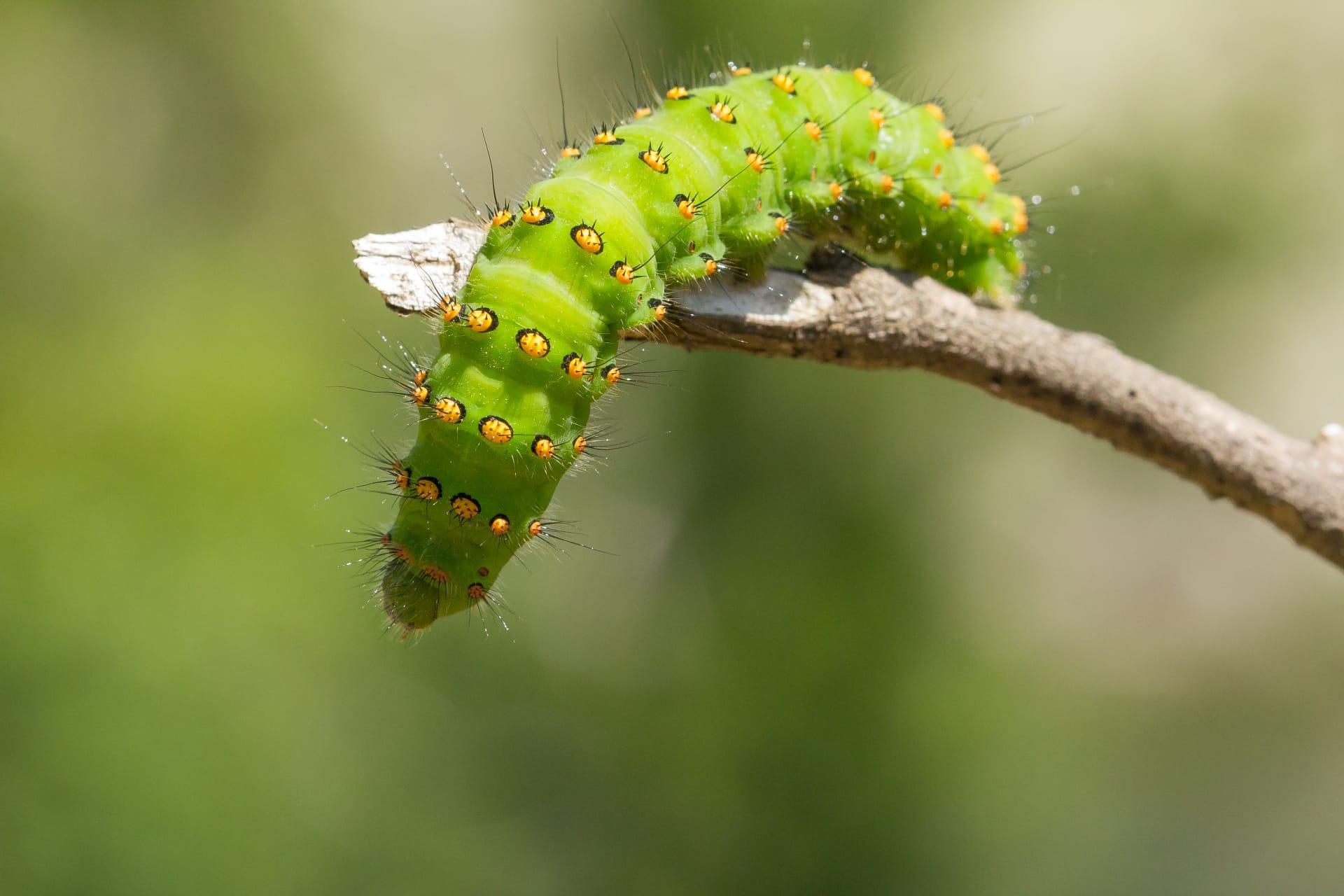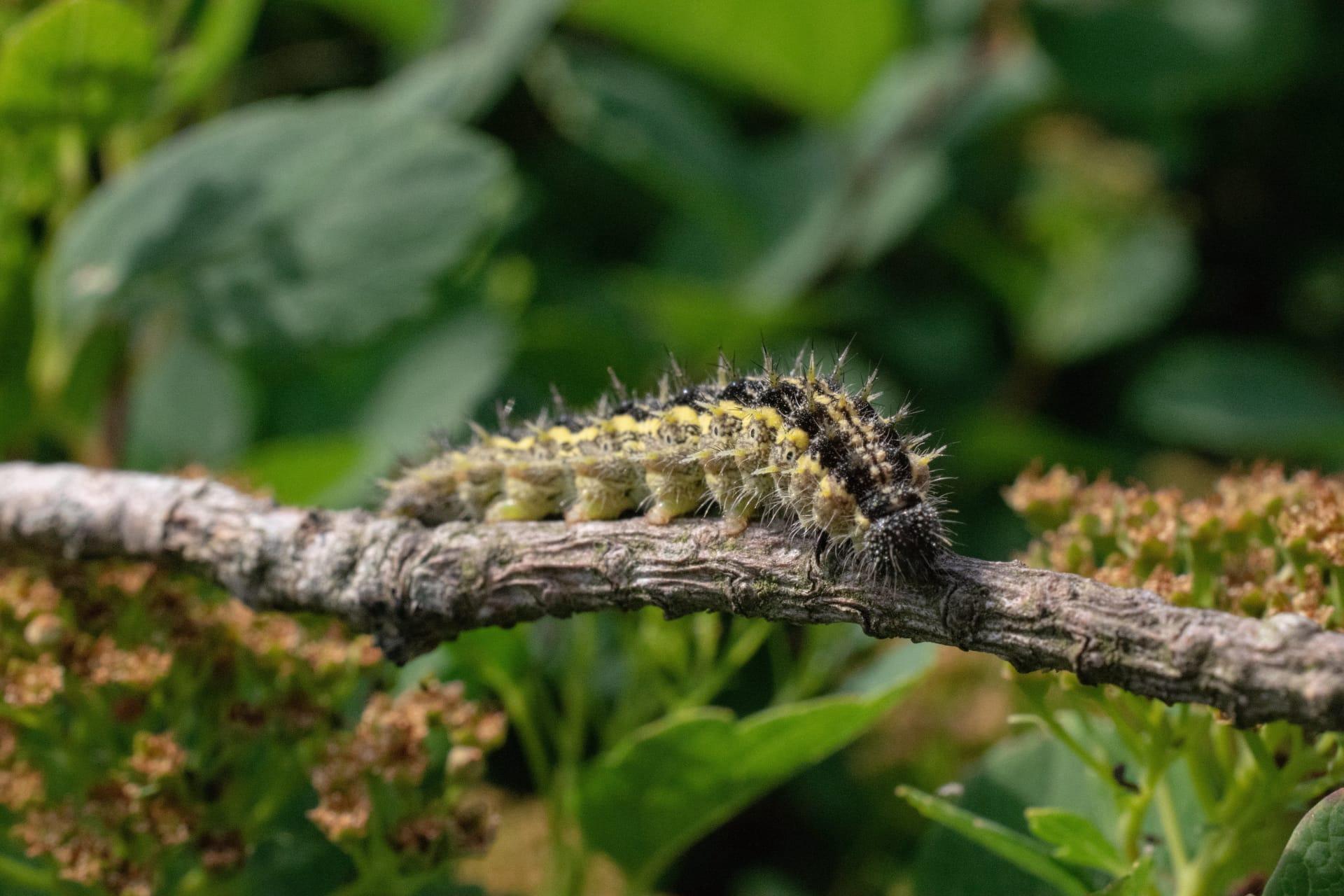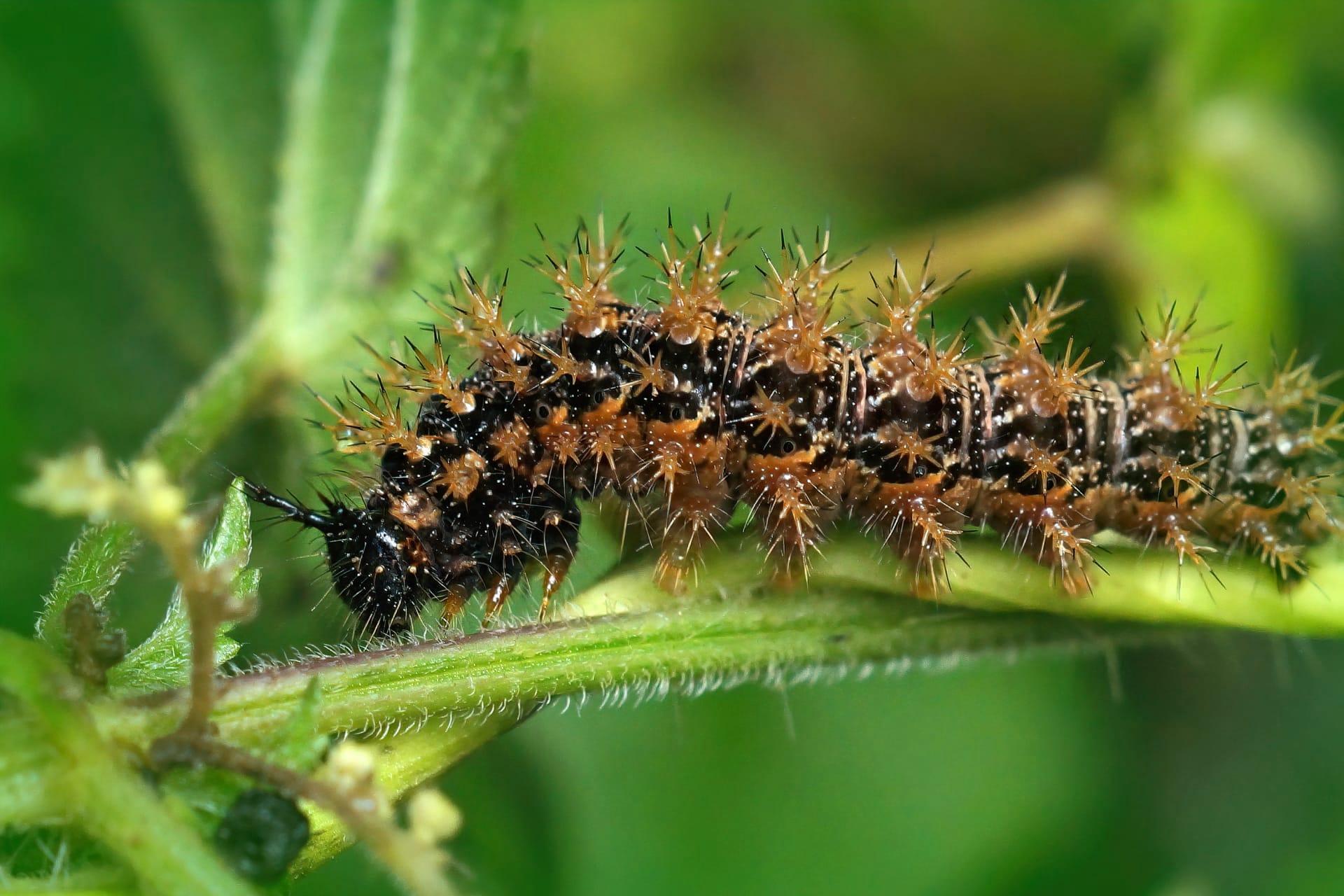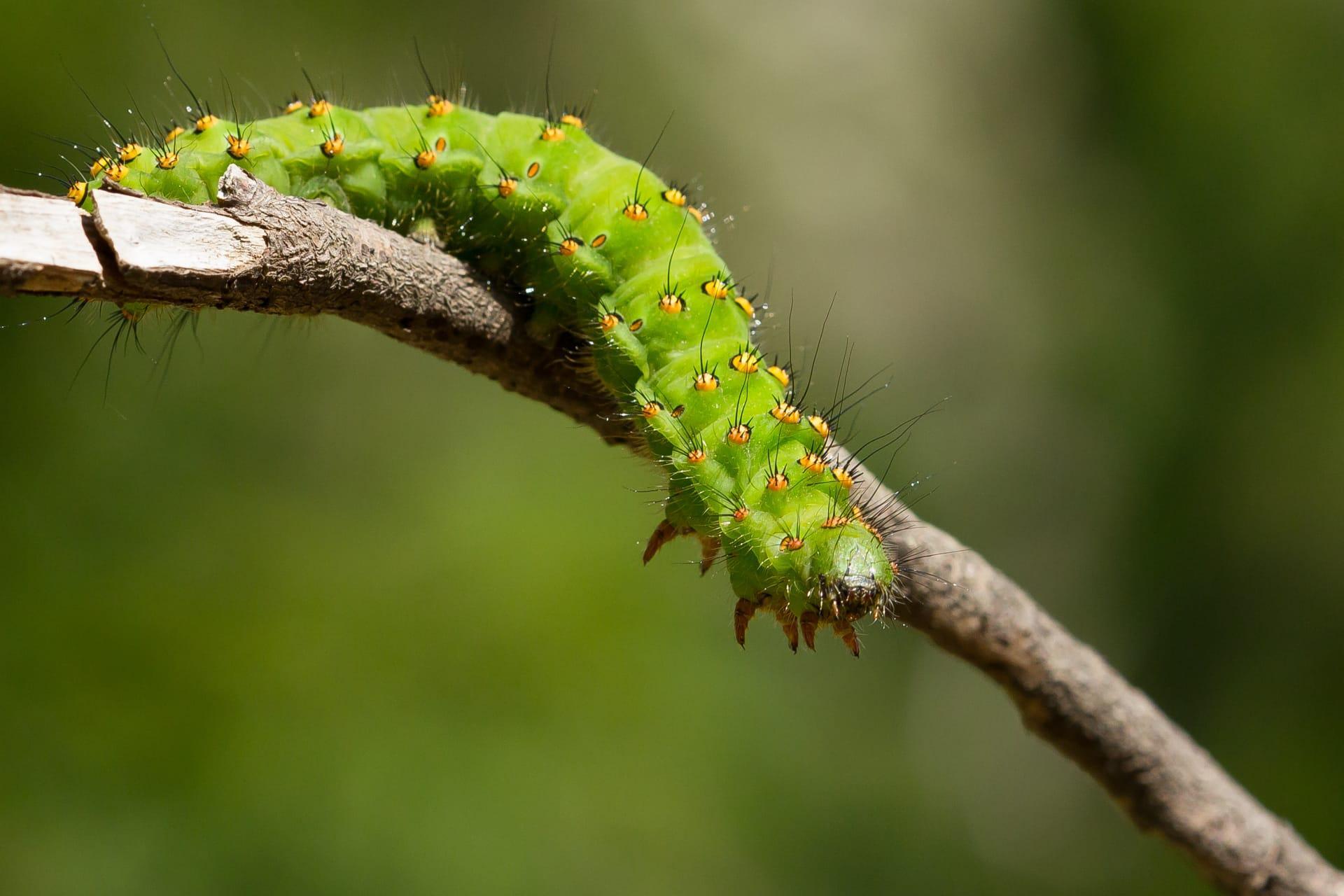1
Caterpillars, the larval stage of butterflies and moths, showcase a remarkable ability to eat a vast amount of food relative to their size. A monarch caterpillar, for instance, can consume an entire milkweed leaf in less than five minutes. Over its two-week larval stage, it can increase its body mass by about 2,700 times. This rapid eating and growth are crucial for their survival and development into a butterfly or moth.
Another fascinating fact about caterpillars is their method of defense. Some species, like the Eastern tent caterpillar, use social behaviors as a defense mechanism. They live collectively in large, silk tents in trees and when threatened, they rapidly thrash in unison to startle predators. Others, like the Pipevine Swallowtail caterpillar, are brightly colored to indicate their toxicity, warning predators to stay away. This use of visual cues is a sophisticated form of biological communication.

2
Caterpillars have incredibly strong and versatile jaws, called mandibles. These mandibles are essential for their survival, allowing them to chew through tough leaves. These jaws are so powerful that a caterpillar can even chew through thin plastic. This strength is necessary to consume enough food to sustain their rapid growth.
Some caterpillars are also known for their impressive mimicry skills. The Spicebush Swallowtail caterpillar, for example, can resemble a snake to scare off predators. It achieves this by inflating parts of its body to mimic a snake's head and displaying large, false eyes. This kind of mimicry is a survival tactic that helps them avoid being eaten by birds and other predators.

3
The metamorphosis of caterpillars into butterflies or moths is one of nature's most fascinating processes. Before transforming, a caterpillar will consume a huge amount of food and then form a protective cocoon or chrysalis. Inside this casing, the caterpillar's body undergoes a radical transformation, rearranging its cells and structure to emerge as a completely different creature.
Caterpillars can also have a significant impact on their environment. For instance, the gypsy moth caterpillar can defoliate large areas of forest. In North America, gypsy moth caterpillars have been known to strip entire forests of their leaves, affecting the ecosystem balance. This defoliation can weaken trees, making them more susceptible to disease and other pests.

4
Caterpillars use silk for various purposes, not just for making cocoons. They produce silk from a special gland in their mouths and use it to secure themselves to leaves, build protective shelters, or create pathways for easier movement. Some species even use silk to lower themselves from trees to escape predators or to disperse to new feeding areas.
Another intriguing aspect is the diversity of caterpillars in terms of size, color, and shape. For instance, the African Death's-head Hawkmoth caterpillar can grow up to 5 inches in length, making it one of the largest caterpillars. On the other hand, the caterpillars of the Western Pygmy Blue, one of the smallest butterflies in the world, are just a few millimeters long. This wide range in size showcases the incredible diversity in the world of caterpillars.

5
Many caterpillars have developed unique adaptations to avoid being eaten. The caterpillar of the Giant Swallowtail, for example, looks remarkably like bird droppings. This camouflage helps it to blend in with its surroundings and avoid predators. This type of mimicry is a clever survival strategy, showcasing the caterpillar's ability to adapt to its environment.
Caterpillars can play a crucial role in scientific research. Due to their rapid life cycles and the ease of observing their metamorphosis, caterpillars have become important subjects in studies of genetics, developmental biology, and ecology. Their transformation from caterpillar to butterfly or moth provides valuable insights into the process of metamorphosis and the mechanisms of biological change.